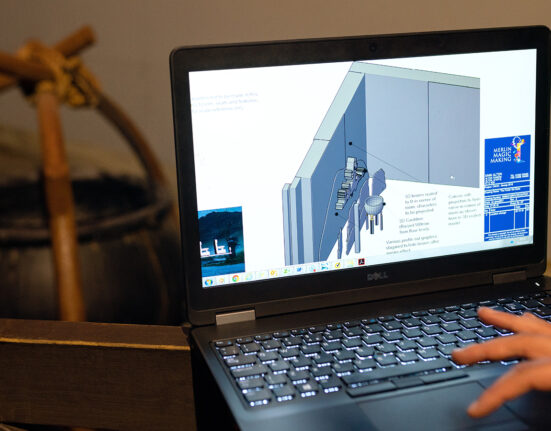Software design is a critical phase in the software development process, and it involves creating a plan for how the software will be structured and implemented. There are three main types of software design:
Architectural Design:
Architectural design is the foundational design phase that defines the overall structure of the system. It identifies the main components of the system and establishes their relationships. Architectural design tools are used to assist in creating a high-level blueprint of the system’s structure.
High-level Design:
High-level design builds upon the architectural design and focuses on the implementation details of the system.It defines how the system, along with its components, can be realized through modules and supported by a software stack.This phase describes the flow of data and interactions between modules within the system.
Detailed Design:
Detailed design is the third layer of software design and dives into the nitty-gritty implementation specifics.It covers all the necessary implementation details required to bring the specified architecture to life.Detailed design is where developers work on coding, algorithms, and data structures.
Maintaining Software Quality
Maintaining software quality is a crucial aspect of software development. Quality is assessed based on whether the software meets both functional and nonfunctional requirements.
Functional Requirements:
• These requirements specify what the software should do in terms of technical details, data manipulation, calculations, and specific functions.
• Functional requirements define the core tasks the application is expected to perform.
Nonfunctional Requirements (Quality Attributes):
• Nonfunctional requirements outline how the system should operate and its qualities.
• They encompass aspects such as portability, security, privacy, disaster recovery, and usability.
• Nonfunctional requirements address how well the software performs its intended functions.
Software Testing:
• Software testing is a critical practice to ensure software quality.
• It involves detecting and resolving technical issues in the source code.
• Testing assesses the usability, performance, security, and compatibility of the software to ensure it meets its specified requirements.
Dimensions of Software Quality:
Several dimensions or attributes contribute to software quality:
1. Accessibility:
Accessibility assesses how well a diverse group of users, including those with disabilities, can use the software with adaptive technologies.
2. Compatibility:
Compatibility measures the software’s suitability for various environments, including different operating systems, devices, and web browsers.
3. Efficiency:
Efficiency evaluates how well the software performs without wasting resources such as time, energy, or money.
4. Installability:
Installability assesses the ease with which the software can be installed in a specified environment.
5. Localization:
Localization refers to the software’s ability to function effectively in various languages, time zones, and regions.
6. Maintainability:
Maintainability evaluates how easily the software can be modified to add features, fix bugs, or make improvements over time.Ensuring software quality across these dimensions is crucial for delivering a reliable and user-friendly product.







